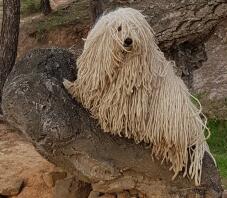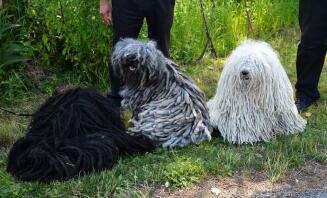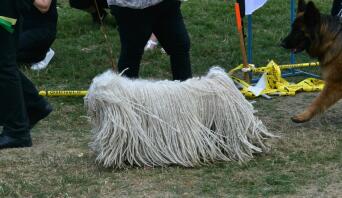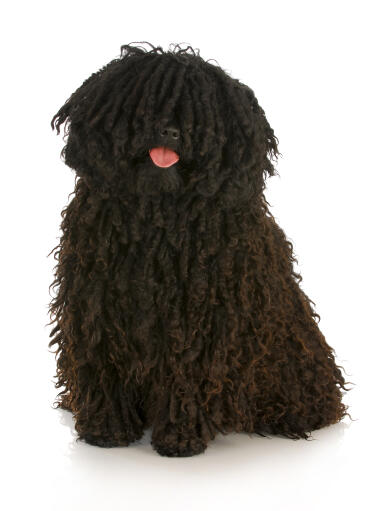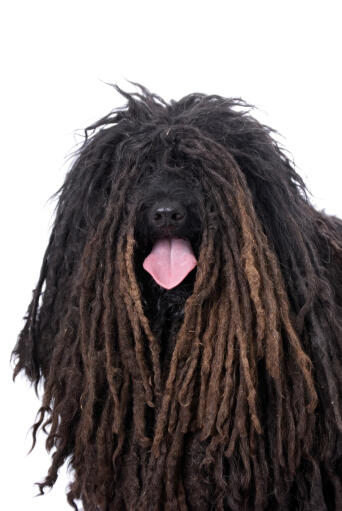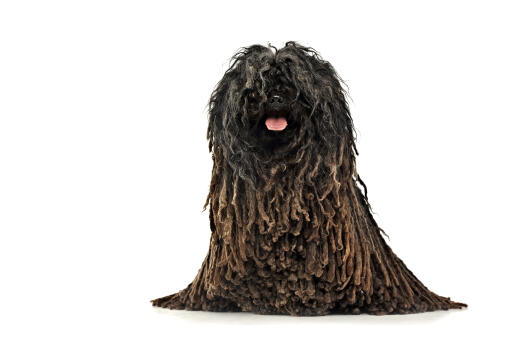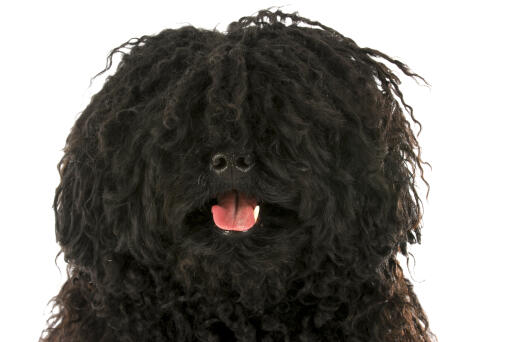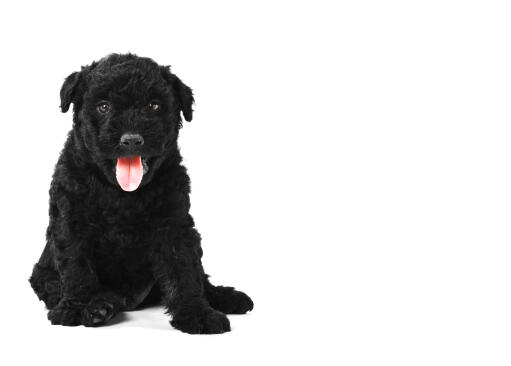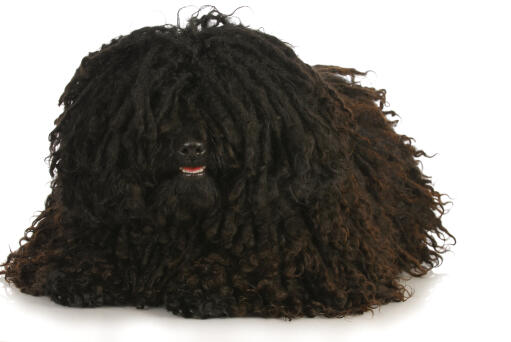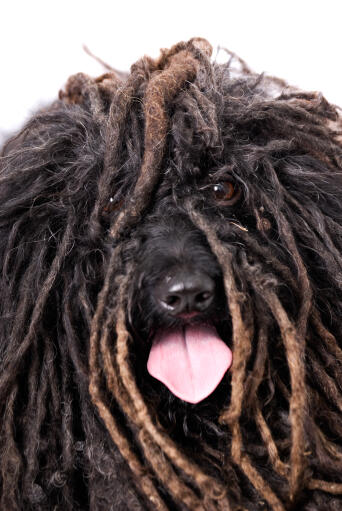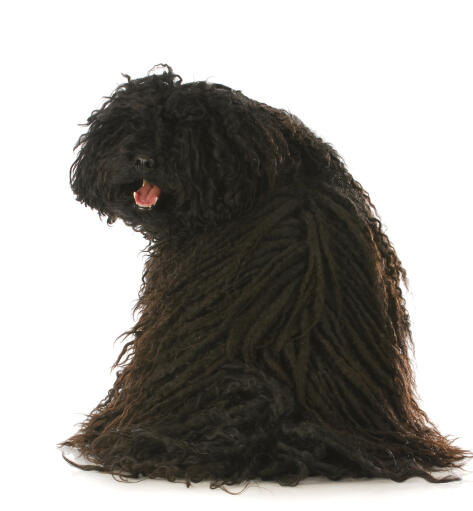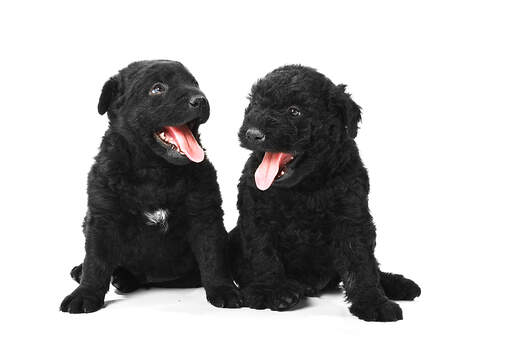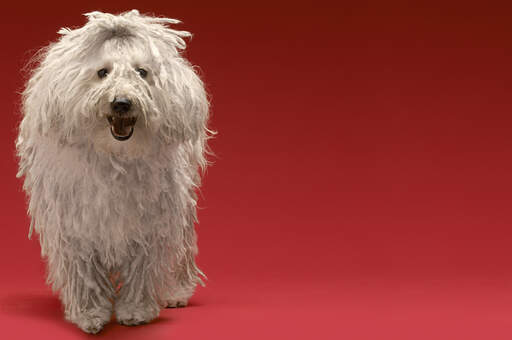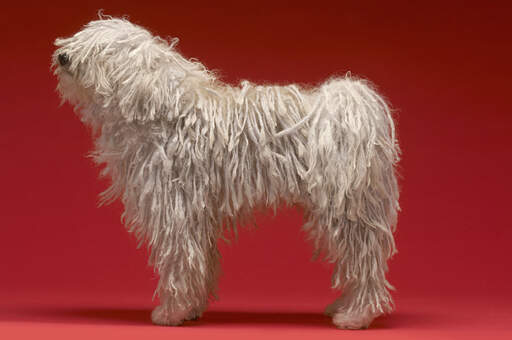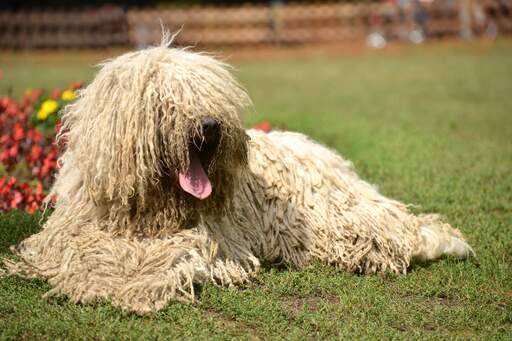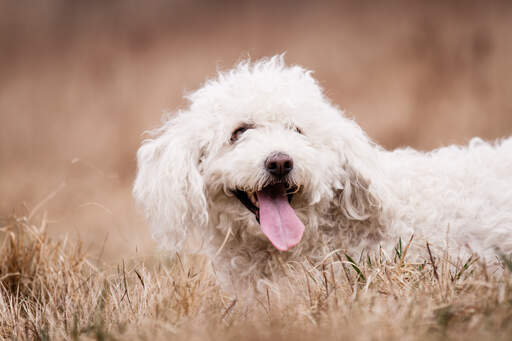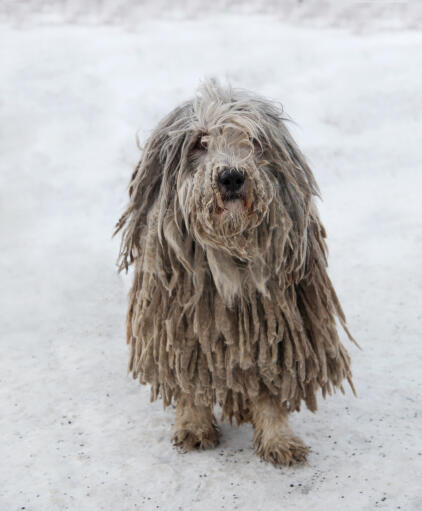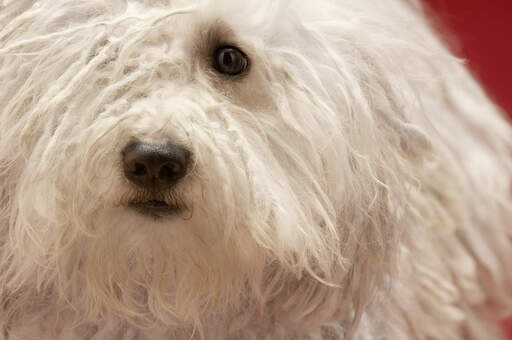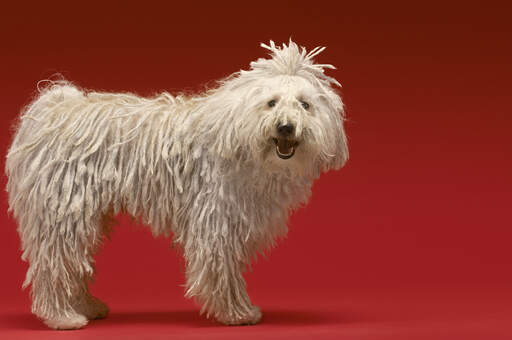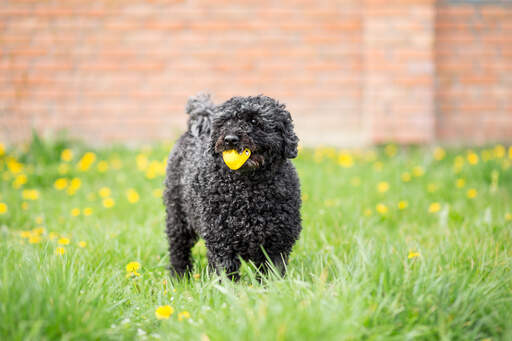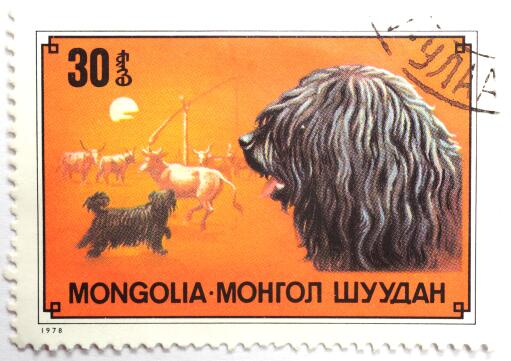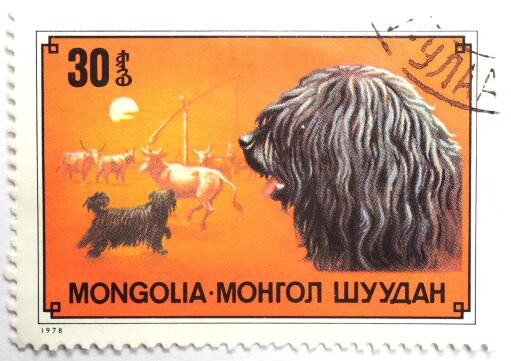Puli Dogs



















History
The Hungarian Puli or Hungarian Water Dog originates from Hungary where it was bred to herd sheep. The breed was highly intelligent and able to turn sheep and herd almost without direction. Shepherds preferred the black Pulik as they were easier to see amongst a white flock of sheep. During the FIrst and Second World wars, the breed almost disappeared, but with a concerted effort and breeding programme, the number soon rose. Today they are used mostly as working dogs, but some are kept as pets and shown. Hungarians are very proud of the breed and Shepherds say "He's not a dog, he's a Puli".
Behaviour
Puli make good family pets and are very good with respectful children. They are full of energy and curious about their surroundings, so need plenty of attention from the people around them. They like to be close to you and will demand attention if they don't feel they are getting enough. Affectionate and fun loving, they are a joy to have around you and will remain loyal to the end. They are protective of their family and can be very wary of strangers, so it is important to socialise them well from an early age. They make good watchdogs and will bark at the drop of a hat. The barking can be a problem as they are known for it and like the sound of their own voice. Learning the 'quiet' command as soon as possible is probably the first thing you will need to teach them. Some Pulik will want to herd small children and even adults. Early socialisation will help prevent problems with other dogs and people, as they can sometimes be aggressive towards other dogs of the same sex. Puppy classes are important and walking where they will meet new dogs will also help and lessen problems. They are intelligent and learn at an above average rate, but can be stubborn. They need a firm but kind hand and you will need patience. When they have learnt something they will never forget it. They do well with herding competitions and agility and have an eager attitude and will want to please you.
The coat/grooming is time consuming. The breed are born with a fine fluff coat which begins to cord at around a year of age. Some cord naturally, but it is usually helped along by the owner to cord the coat fully to a felt like structure. The dog is usually fully corded by the age of four years old. Regular attention is needed to untangle the cords and prevent matting and bathing is a long winded process as the fur can take up to a day to fully dry out. Some owners clip the coat to a much shorter length for ease of care, but many believe that the dog then loses it's unique appeal. The dog could also be brushed, rather than corded, but then brushing would be needed every day/other day. It is classed as a non shedding/hypoallergenic breed, so good for allergy sufferers. The only real health issue seen is Canine Hip Dysplasia and sometimes deafness.
Temperament
Pulis have a curious and energetic temperament. Immensely athletic; Pulis love to explore their surroundings and keep a watchful eye over their family. Guard dogs at heart they have keen eyesight and a loud dominating bark which if pushed they have the strength to back up. Pulis do ok with other pets but because of their protective personality they care little for strangers.
Health Problems
Health problems that may affect Pulis includes canine hip dysplasia (CHD), luxating patella (dislocation of the knee cap), progressive retinal atrophy (PRA: degeneration of the retina which can lead to blindness), cataracts, heart disease and allergies.
Breed Details
- Status: Common
- Life Expectancy: 12 - 16 years
- Weight: 9 - 16 kg
- Height: 16 - 17"
- Rare: No
- Coat: Long - Hypoallergenic
- Grooming Requirements: Everyday
- Town or Country: Either
- Minimum Home Size: Small House
- Minimum Garden Size: Small to Medium Garden
- Breed Type: Herding
- Size: Large
- Energy Level: High
- Exercise Required: Up to 1 hour
Puli Pictures
